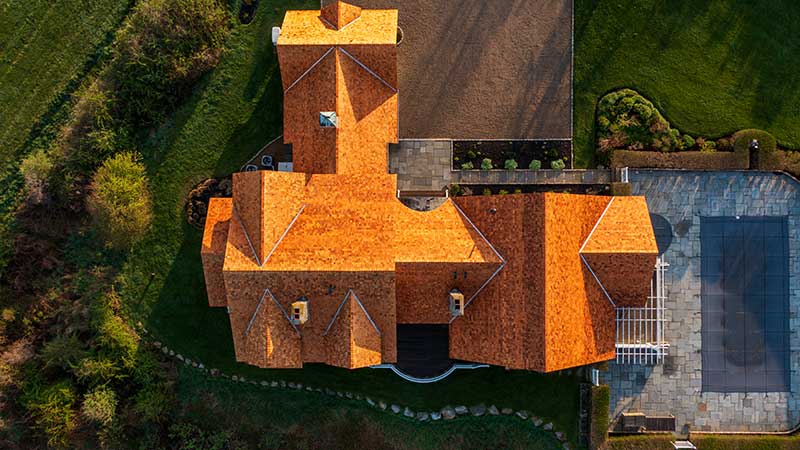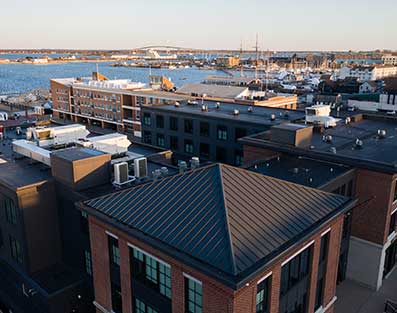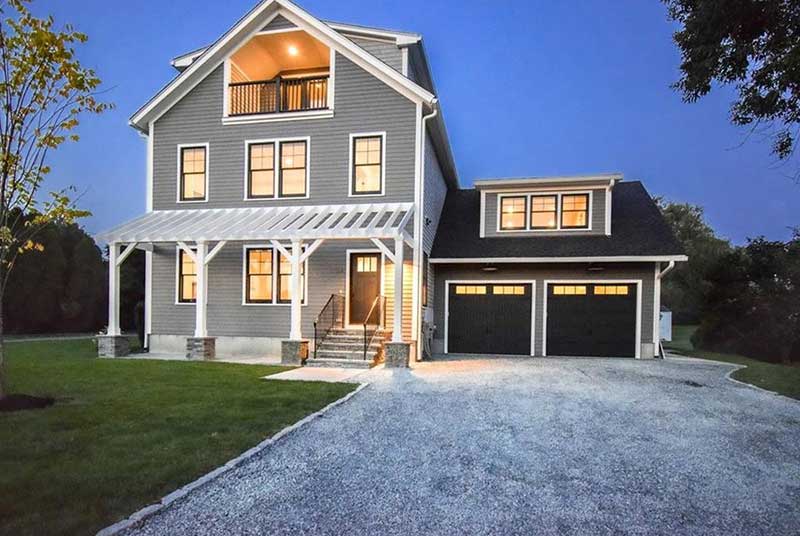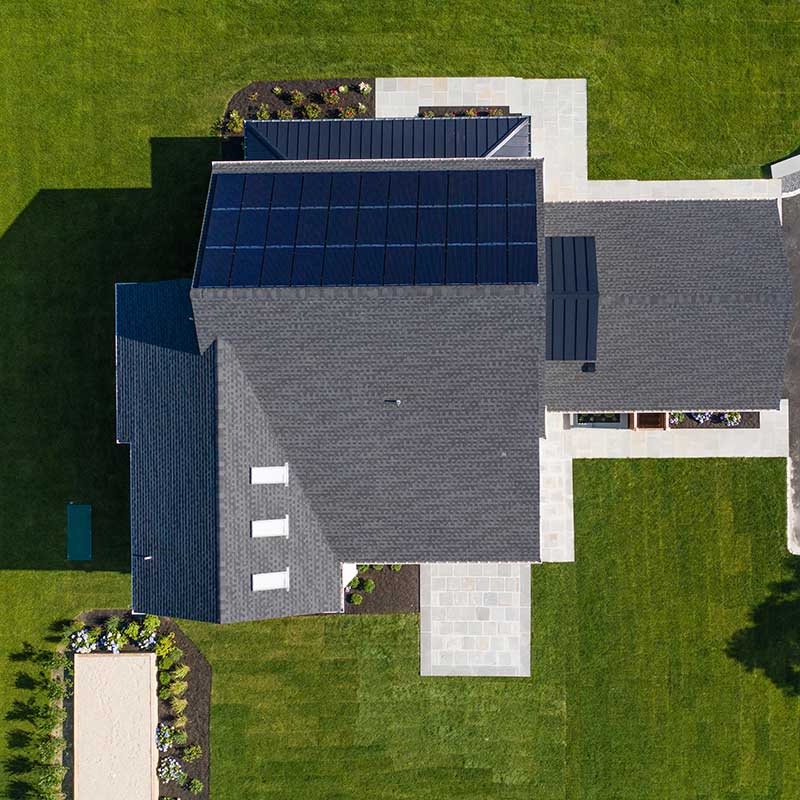Asphalt shingles that show little, pimple-like protrusions on their surface indicates that they have been compromised by blisters and should be replaced immediately. These ruptured blister regions can, over time and with natural weathering, cause leaks and roof damage, resulting in costly repairs. Understanding why this happens helps you protect your roofing from blisters and other roofing issues.
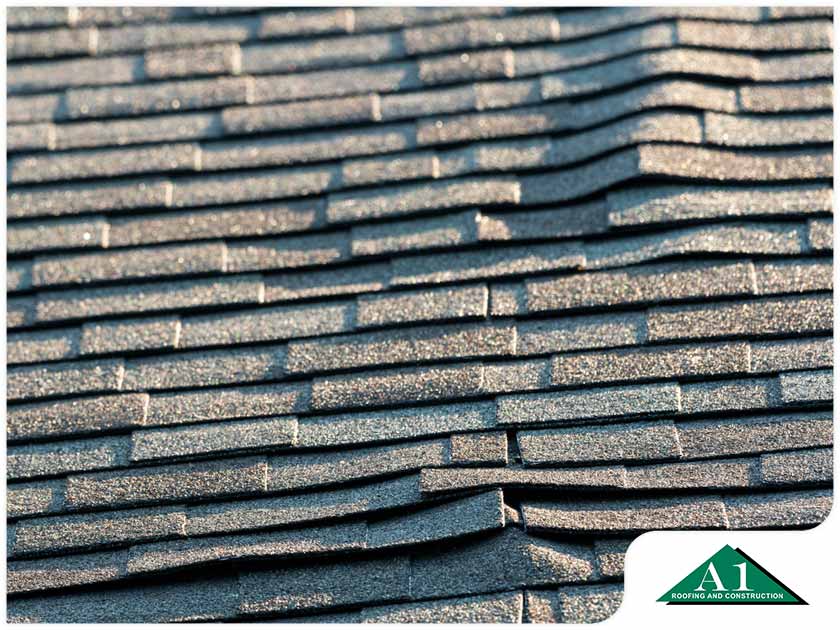
Why Asphalt Shingles Suffer From Blisters
Excess moisture can become trapped in asphalt shingles during the manufacturing process in some cases. This raises the likelihood of blistering. The shingles are exposed to the sun after installation, which is why they fade. As sunlight heats the roofing material, it also heats the trapped moisture, which can cause blisters to form on the surface.
The attic is an enclosed space, so if the intake and exhaust vents do not work properly, heat can accumulate inside. If they aren’t, heat is trapped and bakes the asphalt shingles above, causing them to blister. Since the roofing material has deteriorated, it may no longer be as effective at withstanding inclement weather.
Preventing Blisters in Asphalt Shingles
Be careful not to pop any blisters on your asphalt shingles. If not, the shingles will lose their mineral granules and become more susceptible to weather damage. But this is only a temporary fix, as foot traffic, debris or hailstone impact damage may eventually break those blisters. Then, you’ll need a new roof. Preventing blisters on your roof begins before it is installed. You’ll need to choose asphalt shingles that are known for their quality and durability.
A1 Roofing & Construction is your trusted roofing contractor in the area. Get to know our licensed and experienced professionals. Call us at (401) 265-1019, or fill out our contact form to schedule an appointment. We serve clients in Newport, Providence and Tiverton, RI.

